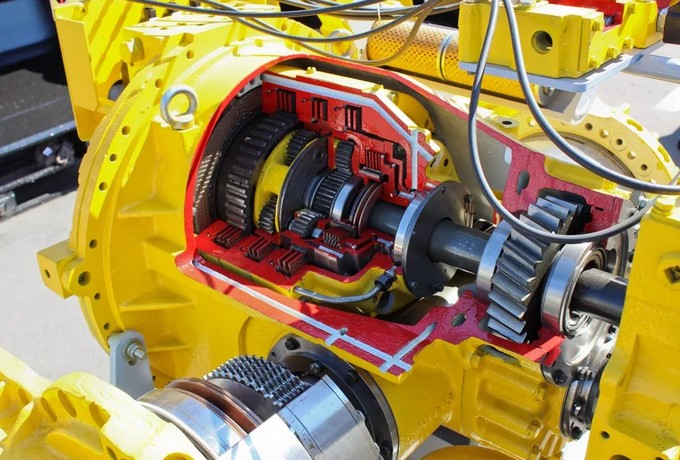Transmission parts for heavy equipment are available at a variety of places. Some places specialize in transmission remanufacturing. Some other places specialize in manufacturing specific parts for a specific manufacturer. For instance, Centranz has an extensive machine shop, and the company manufactures hundreds of high-quality replacement parts.
Hydrostatic Transmission
Hydraulic transmissions are widely used in a variety of applications, including mining, agriculture, construction, and logistics. Unlike mechanical transmissions, hydrostatic systems provide high torque, even at low speeds, which makes them ideal for heavy equipment. They can be guided by sophisticated electronics that eliminate shifting.
Powershift
Powershift transmission parts for heavy equipment are a great choice for those looking to enhance the performance of their heavy equipment. These parts are designed to optimize transmission efficiency and reduce noise levels. They are available in several configurations and offer a wide variety of performance levels. A powershift transmission can be installed directly on ZF axles or on a separate undercarriage. The transmission is compact and designed to allow for ease of installation.
Autoshift
The Autoshift transmission system works with the powertrain and engine to deliver power to the wheels. The transmission is designed to complement these other components, so it needs to be matched to the equipment it is attached to. While a fully integrated powertrain is not a necessity for fleets, it is a good idea to know how to spec each part to maintain optimal performance.
Continuous Variable Transmission
Continually variable transmission (CVT) parts are designed to provide increased fuel efficiency, smoother rides, and a variety of other cost-saving features. They are ideal for a wide range of vehicle types and driving scenarios. Unlike conventional automatic transmissions, CVTs use a belt and pulleys to transfer power to the wheels.
CVTs have long been used in vehicles and power tools, but only recently have they become more prevalent in heavy equipment. The main advantage of CVTs is that they are less complicated than conventional transmissions and are able to handle higher speeds and torque. In addition, they offer wider ratio spreads and infinite ratios. Despite their simplicity and ease of use, however, CVTs are more complicated to manufacture than conventional transmission parts. The parts must withstand extremely high clamping forces and must have precise tolerances to prevent belt slippage.
Hydraulic Mechanical Transmission
These pumps can handle a variety of fluids and are ideal for continuous duty cycles. Piston pumps typically consist of a spool inside a cast iron or steel housing. The spool slides in and out of different positions, which controls the direction and pressure of the fluid. The fluid is routed through a series of intersecting grooves and channels depending on the spool’s position.
Another advantage of hydraulic mechanical transmission part with heavy equipment companies in Dubai is their ability to transmit power through small hoses and tubes. This allows them to apply pressures to large areas with little loss of transmission efficiency. They also have excellent self-lubricating properties and can operate at high speeds.




